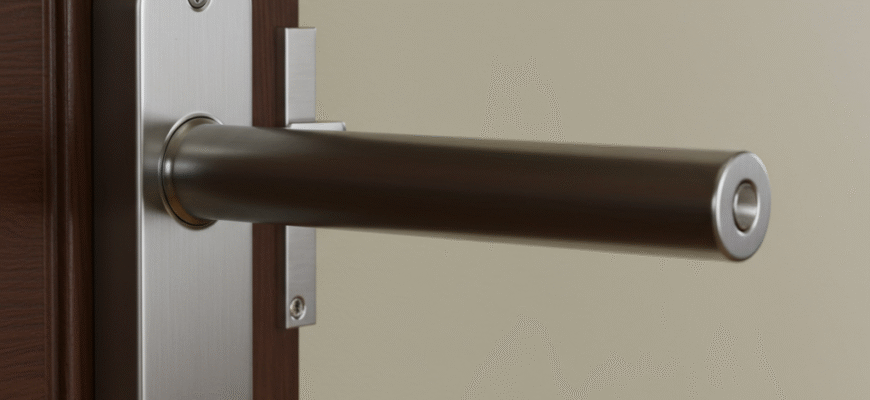Content
Inside the Cylinder: Pins, Springs, and the Shear Line
Inside the lock cylinder and the housing above it are several vertical channels. Each channel contains a set of pins and a small spring. Let’s break down these crucial components:- Key Pins: These pins sit in the lower part of the channel, directly interacting with the key. They vary in length, corresponding to the cuts on the key blade.
- Driver Pins: These pins sit above the key pins, within the lock housing when the cylinder is stationary. They are typically uniform in length within a single lock.
- Springs: Located at the top of each channel, these tiny springs push the driver pins and key pins downwards, keeping them engaged.
The Key’s Role: Lifting Pins to Freedom
So, where does your key come in? The unique jagged edge of your key, known as the biting, is designed with incredible precision. As you slide the key into the keyhole, the angled cuts along its blade lift the key pins inside each channel. Each cut on the key pushes its corresponding key pin upwards to a specific height. The genius of the design is this: when the correct key is fully inserted, the cuts lift each pair of key pins and driver pins so that the tiny gap between them aligns perfectly with the shear line. The top of the key pin and the bottom of the driver pin in every single channel line up exactly at the boundary between the cylinder and the housing. With no pins bridging this gap, the cylinder is now free to rotate when you turn the key.Verified Information: The security of a standard pin tumbler lock directly relates to the number and variation of its pin stacks. More pins, and more varied lengths required to align them at the shear line, generally create a lock that is harder to manipulate without the correct key. This precise alignment is the fundamental principle allowing the cylinder to turn.If you insert the wrong key, its cuts won’t lift the pins to the correct heights. Some key pins might be lifted too high, pushing the driver pin entirely into the housing. Others might not be lifted enough, leaving the driver pin still partially within the cylinder. In either scenario, at least one driver pin will still bridge the shear line, blocking the cylinder from turning. It’s an all-or-nothing system; every single pin stack must align perfectly.
The Bolt: The Physical Barrier
Turning the cylinder is only half the story. The cylinder’s rotation engages a mechanism, often a cam or tailpiece, that moves the bolt. The bolt is the physical component that actually secures the door.Spring Latch vs. Deadbolt
You commonly encounter two main types of bolts in residential locks:- Spring Latch: This is the angled, spring-loaded bolt typically found in doorknobs or lever handles. It retracts when you turn the knob from the inside or use the key from the outside. Its angled edge allows the door to latch shut automatically when you close it. While convenient, spring latches offer less security against forced entry because the spring mechanism can sometimes be pushed back or bypassed.
- Deadbolt: A deadbolt is a solid metal bar, usually rectangular, that extends deep into the door frame when locked. It’s not spring-loaded and must be manually retracted or extended using a key or a thumb-turn. Because it’s a solid piece of metal lodged firmly in the frame, it offers significantly more resistance to prying, kicking, or other brute-force attacks compared to a spring latch. This is why deadbolts are highly recommended as the primary locking mechanism for exterior doors.
How This Simple Design Provides Security
The effectiveness of the pin tumbler lock lies in its complexity disguised as simplicity. While the concept of lifting pins is straightforward, the precision required offers a substantial barrier:- Key Uniqueness: The sheer number of possible combinations for pin heights and positions means that your key is highly unlikely to open your neighbour’s lock, even if they look similar. Manufacturing tolerances ensure a high degree of individuality.
- Manipulation Difficulty: Without the correct key, aligning all pins simultaneously at the shear line requires specialized tools and skill (lock picking). For the average person, or even a opportunistic intruder, this is a significant deterrent.
- Force Resistance (especially with deadbolts): The solid bolt extending into the frame provides physical resistance against attempts to force the door open.









